(From Wikipedia)
Forbes was born in or about 1629. He was educated at Aberdeen University, where he proceeded MA, being subsequently admitted ad eundem at Oxford. In 1654 he was sent to Gloucester Cathedral, where he preached ‘with great success, but to the apparent danger of shortening his life.’ At the Restoration he was speedily ejected from the cathedral, but he still continued at Gloucester, ‘ministering privately as he could.’ Struck by his talents, Robert Frampton, then dean, but afterwards bishop of Gloucester, ‘courted him to conformity in vain.’
In consequence of the "Yarranton Plot" or "Pakington Plot", he was committed to Chepstow Castle, where he was kept a long while. On regaining his liberty he returned to his pastoral charge; he was often imprisoned in Gloucester, on one occasion for a whole year; he was indicted under the Corporation Act, the penalty of which was imprisonment. He was also indicted under 23 James I, the penalty of which was £20 a month, and under 35 Elizabeth, of which the penalty was to abjure the realm or suffer death. At the same time, also, he was excommunicated, and the writ de excom. capiendo was out against him.
At the time of Monmouth's rebellion he retired to Enfield, Middlesex, and there continued in his ministry. He was later recalled to Gloucester, where he continued to labour until his death. Altogether, he exercised his ministry in Gloucester for 58 years, less one month. He died 31 May 1712, aged 83, and was buried under his own communion-table. His funeral sermon was preached by John Noble of Bristol. Edmund Calamy, who represents him as the model of a nonconformist divine, states that at his death he left gifts to charitable uses, including his library (now in Toronto).

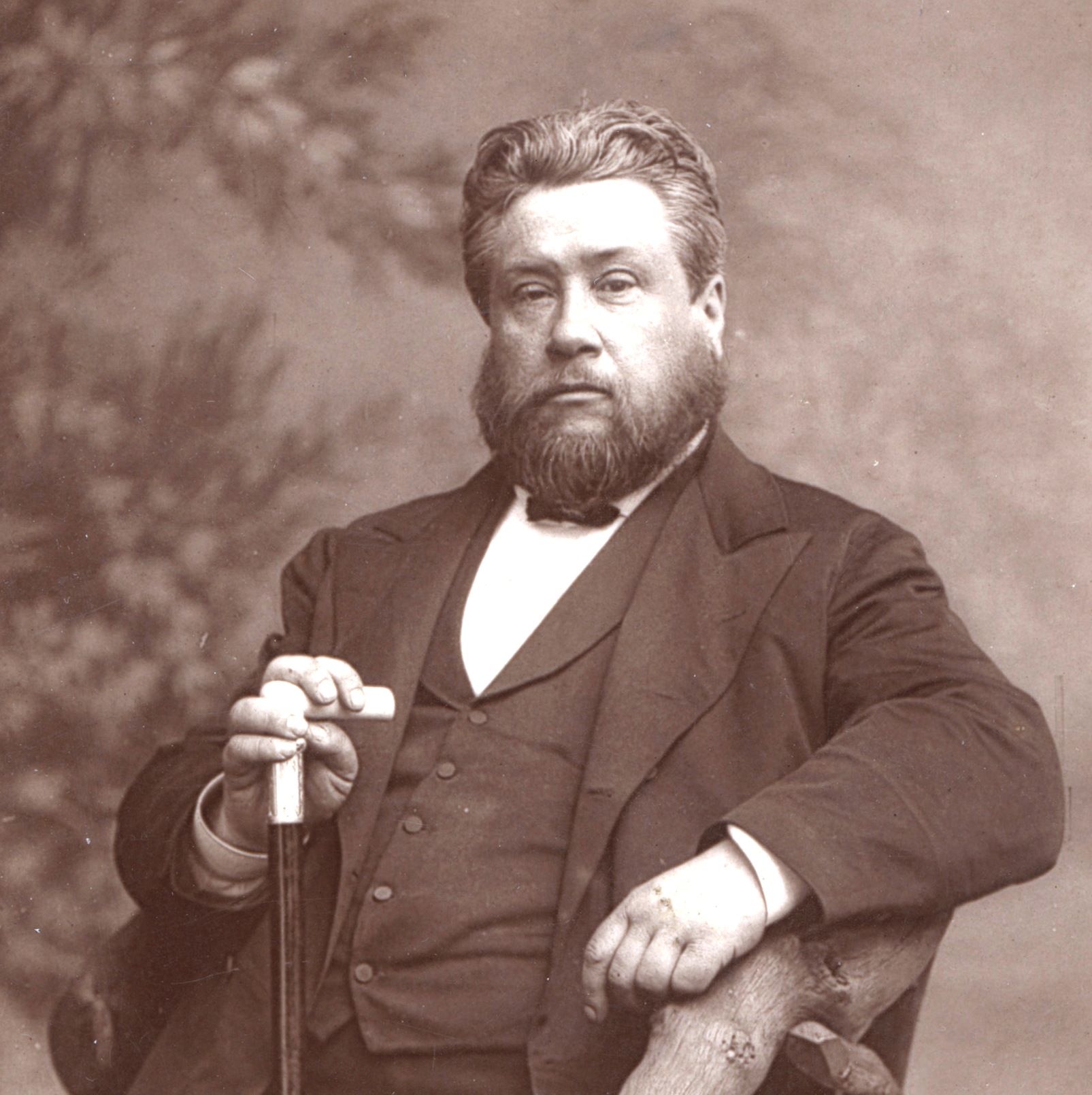
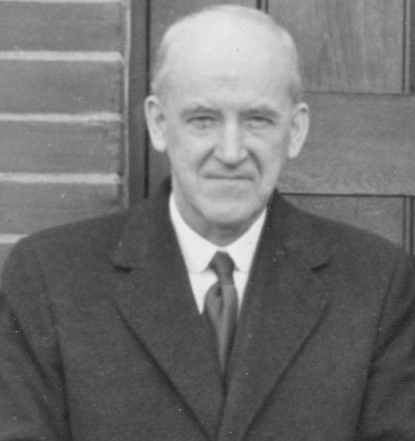
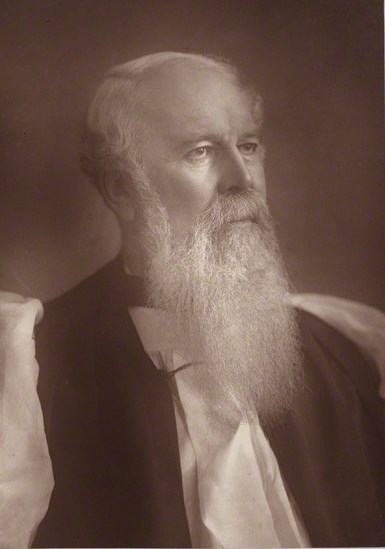










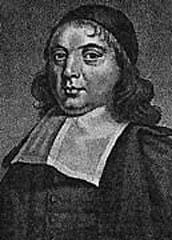

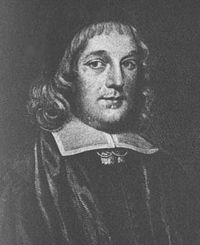

.jpg/220px-Thomas_Watson_(Puritan).jpg)
No comments:
Post a Comment